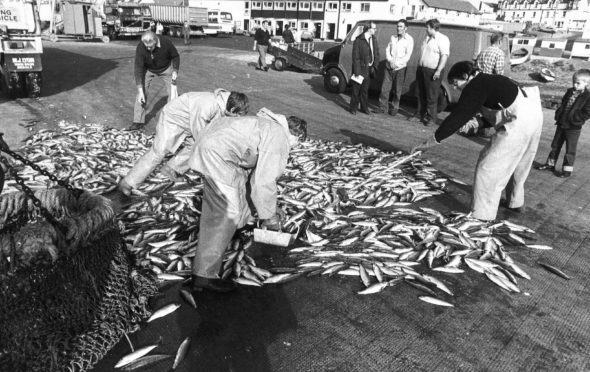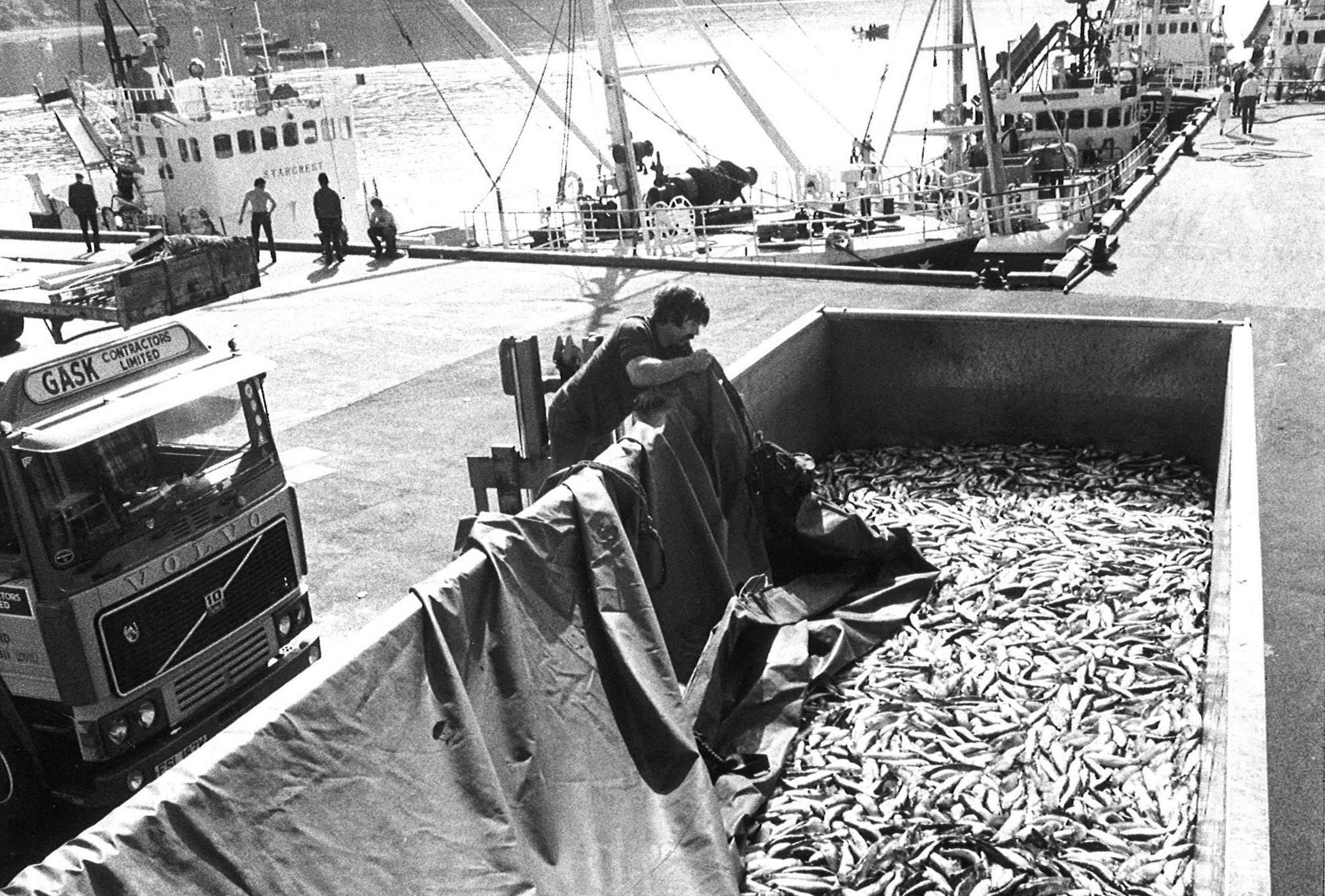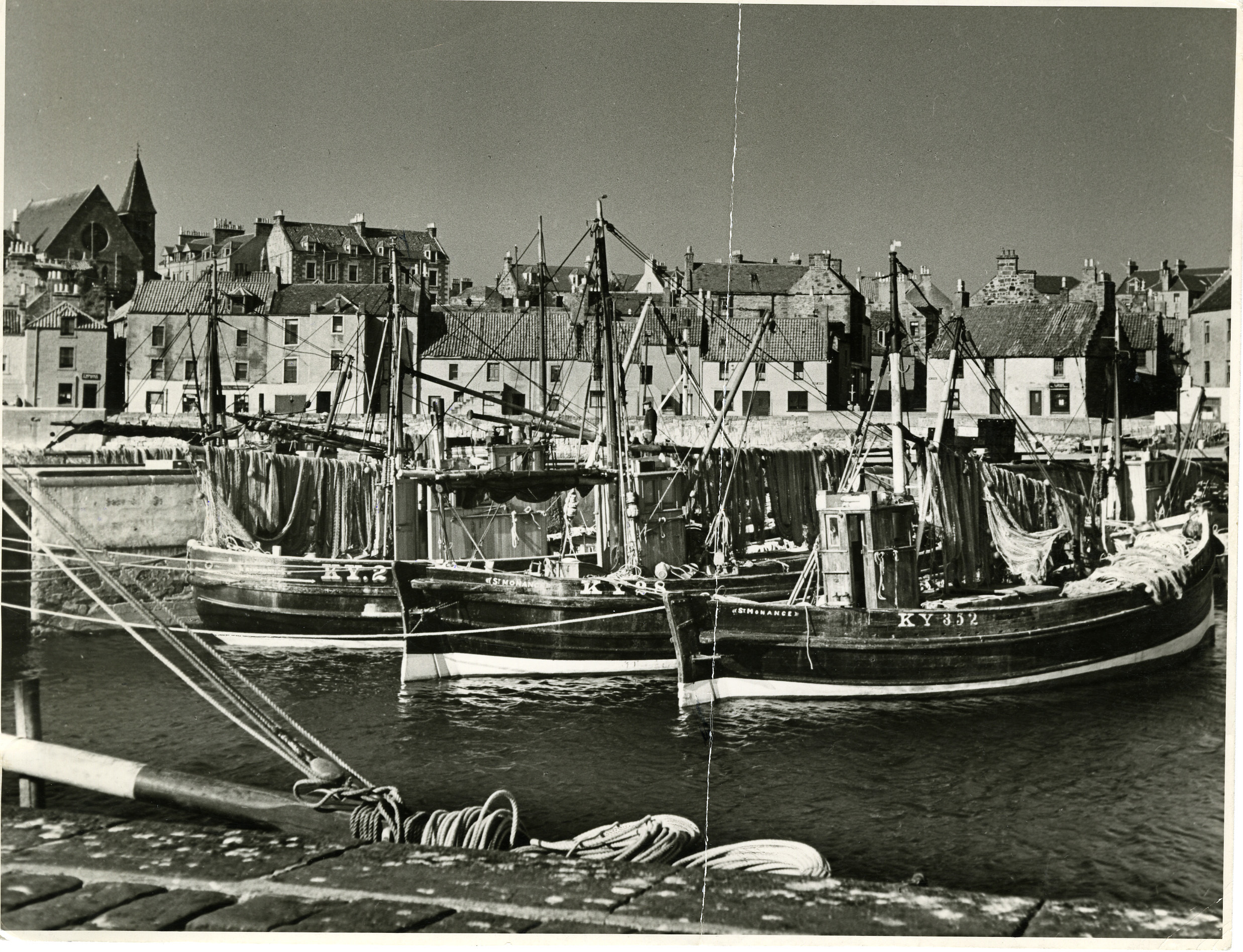It could soon be a return towards the great days of herring fishing off Scotland’s west coast.
A huge spawning ground for herring has been discovered near Gairloch in Wester Ross.
The ground, thought to be around 1.16 square miles (three square kilometres) was discovered by scallop divers who operate in the area.
Scientists from Marine Scotland are examining egg samples from the site to try to identify their genetics.
It is hoped the find goes towards the restoration of herring stocks which were wiped out by overfishing in the 1960s and 70s.
A local project was aiming to document the history of the industry which dominated north west coastal communities for centuries.
But the Wester Ross Fisheries Trust, which was behind the project, now hopes the new discovery could elevate herring out of the history books.
Sue Pomeroy from the trust said: “I’m surprised and excited because herring stocks have fallen since the 1970s. The odd herring in spawn had been found but nothing this size.
“Both Ullapool and Gairloch were founded on the herring industry – it was the keystone subsistence for the people who lived here. Then in the 1920s to the 1950s the fishermen were raking it in, absolutely raking it in. Families and the whole community relied very heavily on the herring industry.
“Basically, they went out and fished and fished and fished and caught more and more and more.”
The newly-discovered herring spawning site is south west of Gairloch village at a point where the Inner Sound meets the Minch.
It straddles a marine area which is closed to dredging boats and there are now calls for that protection to be extended across the whole spawning ground.
Local skipper Alasdair Hughson said: “It would be a fantastic opportunity for the future if, and I do say if, there are signs of a recovery here. It’s just hard to describe how important it could be for the future of fisheries in an area like this.
“Gairloch probably wouldn’t be here if it wasn’t for the herring, like many other ports along the west, north and east coast of Scotland.”
Overfishing has long been considered the main reason herring numbers fell sharply.
But more recent research suggests climate change affecting plankton, which the young herring need to survive, could also have played a part.
A Scottish government spokeswoman welcomed the discovery, adding: “The area where eggs have been found recently was first identified as being important for herring spawning nearly 100 years ago, and herring populations off the west coast have fluctuated significantly over the intervening period.
“Marine Scotland has been working with the fishing industry to try and understand the factors at play. We encourage the different sectors of the fishing industry to continue working together to help improve the stock.”


